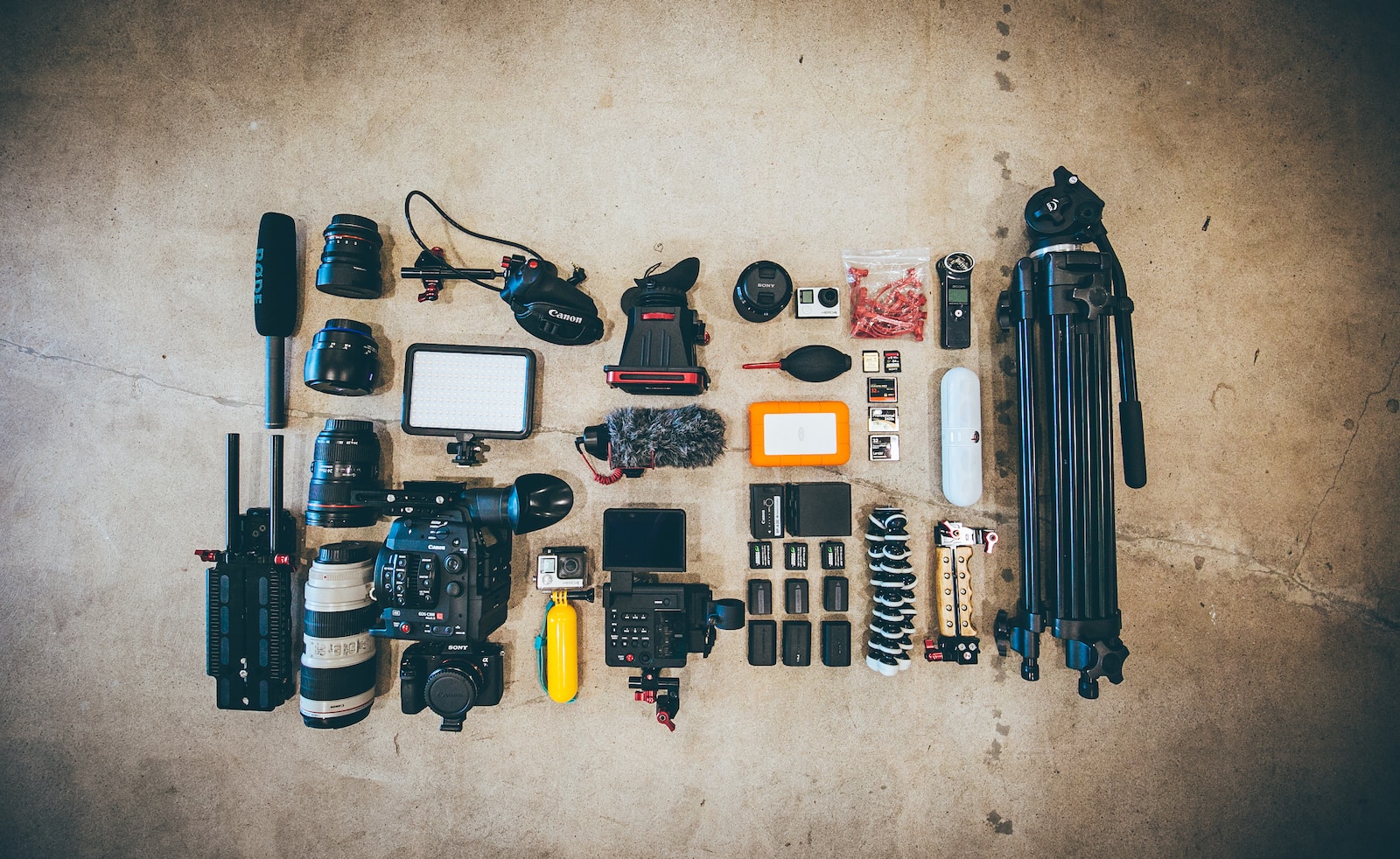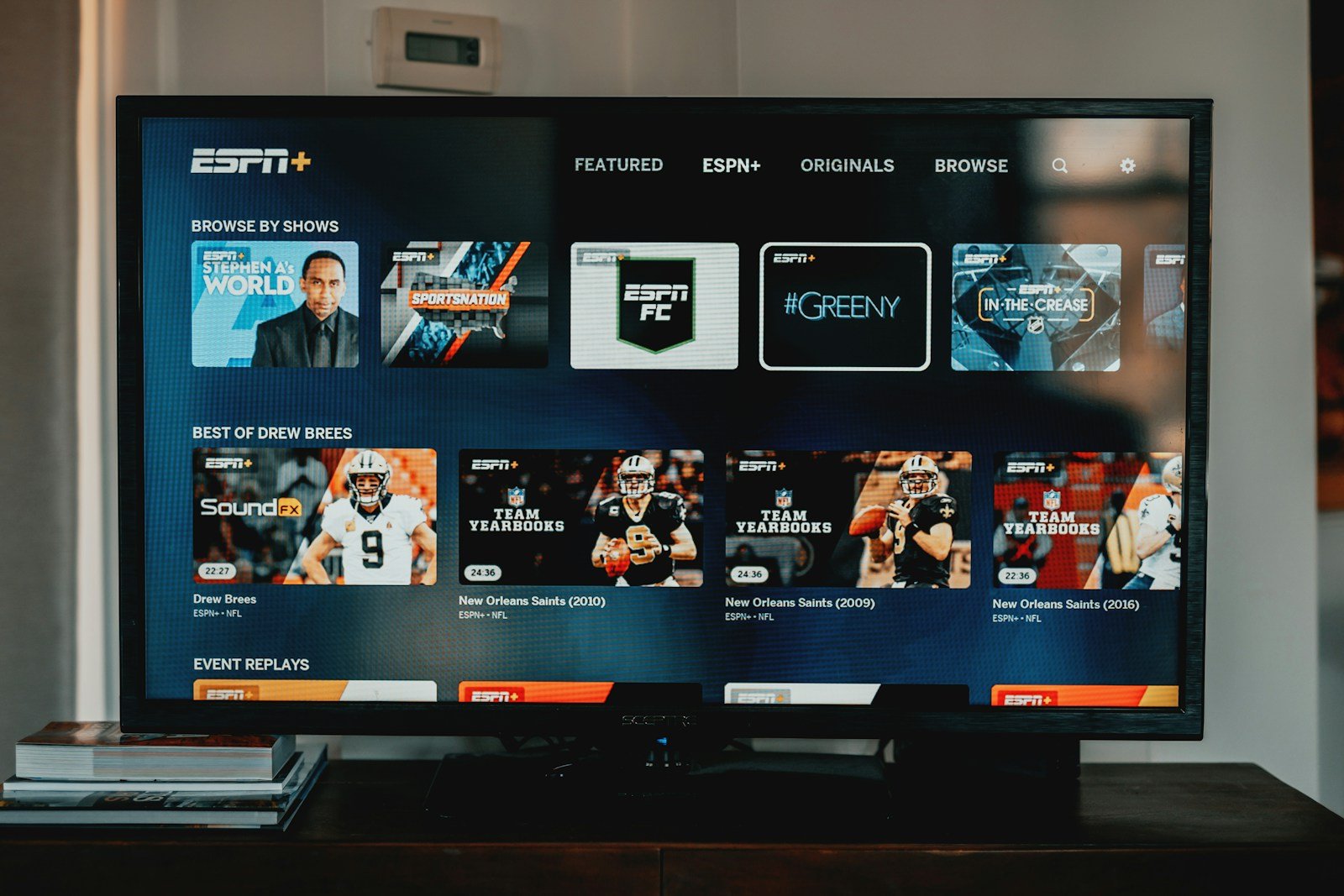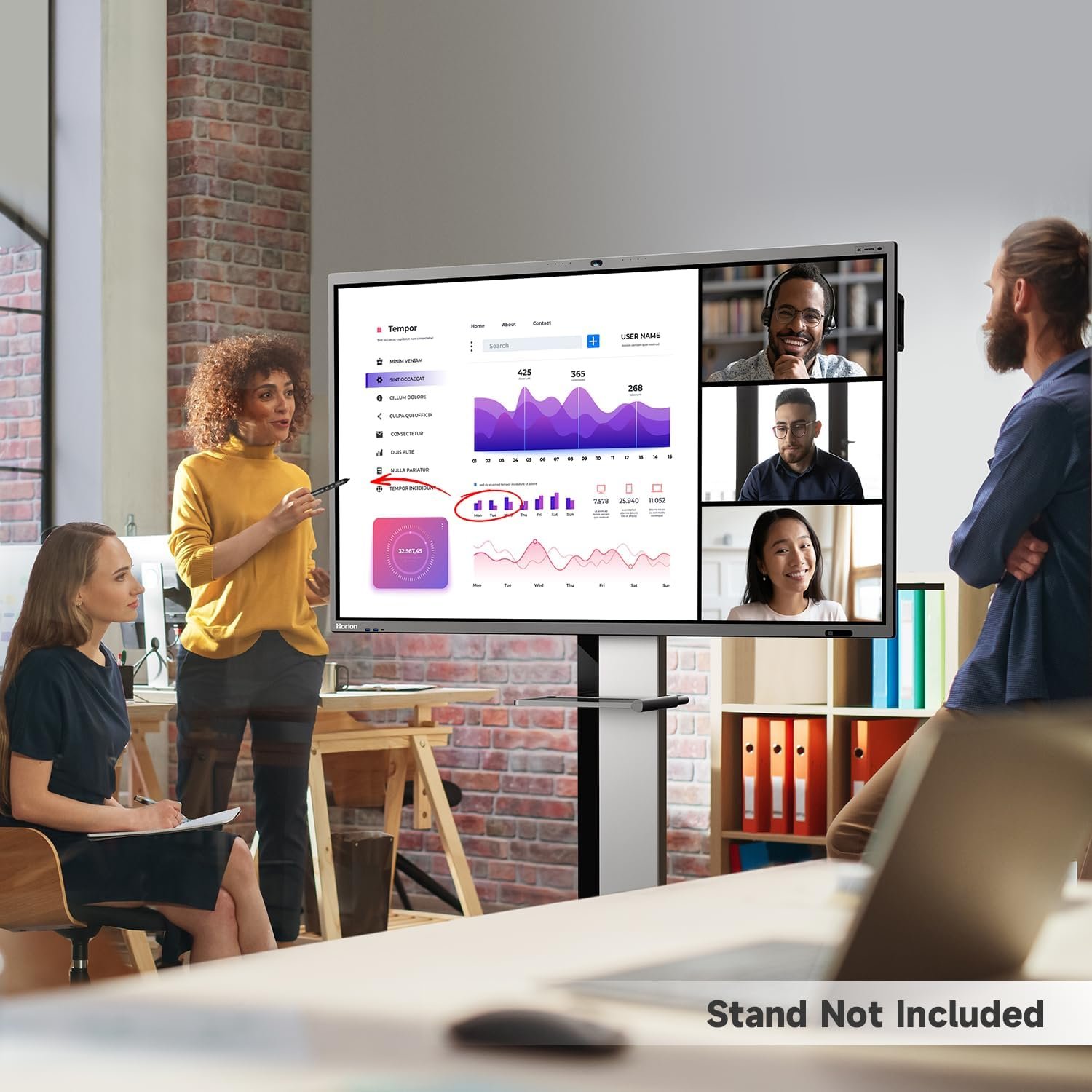Imagine stepping into a world where distance is virtually inexistent, and geographical barriers have no bearing. Through the power of event live streaming software and equipment, you can seamlessly broadcast your events in real-time directly to your audience around the globe. In “Essential Guide to Event Live Streaming: Software and Equipment Breakdown”, you’ll navigate the intricacies of live broadcasting straight from your device. From software selection to choosing the best gear, this guide is here to empower you, making live streaming less daunting and more exciting, bringing your audience closer to you than ever before.
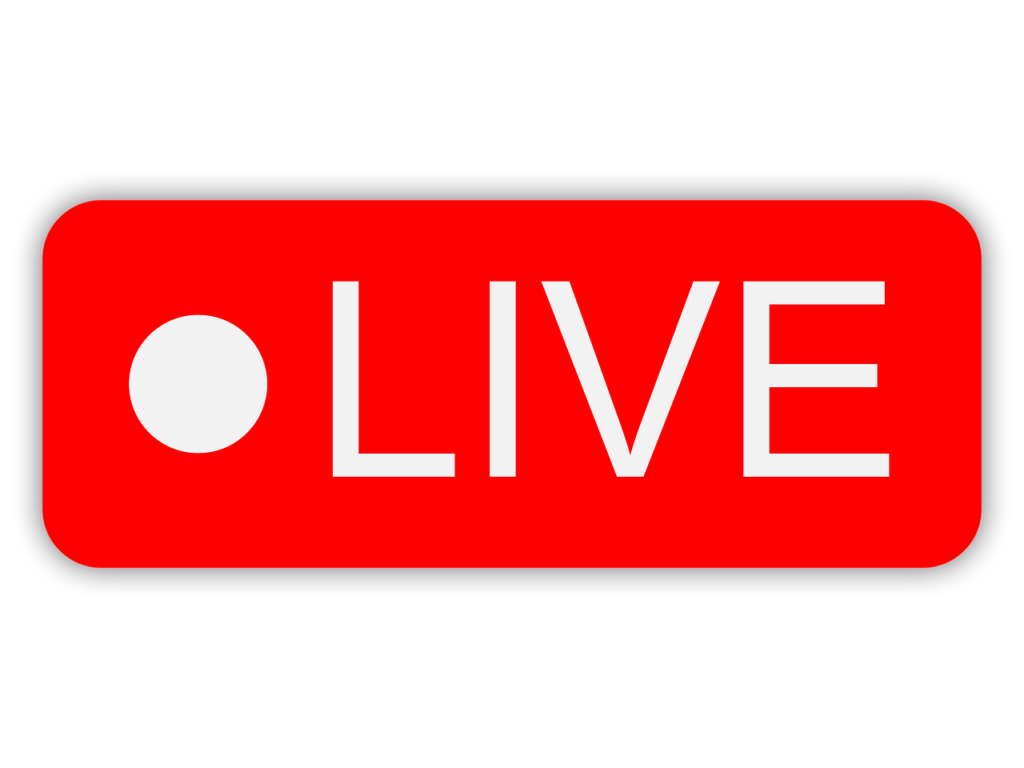
Ready to Elevate Your Live Event Streaming? Talk to Us Now!
Understanding Event Live Streaming
event live streaming is gaining traction, not just for social events but for business and corporate functions too. Before you venture into it, it’s crucial to equip yourself with the requisite knowledge.
Definition of Event Live Streaming
Event live streaming is the broadcasting of events in real time over the internet. It allows audience members who can’t physically attend events to virtually participate from wherever they are. Information is relayed through audio and video signals, creating a real-time experience for the remote viewer.
How Event Live Streaming Works
Event live streaming involves capturing live video and audio signals at an event, and then broadcasting it over the internet in real-time. It involves the usage of both hardware (like cameras and microphones) and software to ensure a smooth broadcast.
Benefits of Event Live Streaming
Live streaming has multiple benefits. It allows you to maximize the reach of your event, as people across the globe can access it. Plus, it is cost-effective as it reduces expenses associated with physical events. It can also increase engagement and interaction with viewers, offering real-time feedback and discussions.
Getting Started with Event Live Streaming
Just as any other project, live streaming requires thoughtful planning and preparation. It’s not just about having the right equipment but also about understanding your needs and executing your plan effectively.
Requirement Analysis for Event Live Streaming
Before you organize a live streaming event, determine what you need. What kind of event is it? Will you need multiple cameras and mics? What type of live streaming software do you need? This phase involves understanding the type, size and requirements for your specific event.
Planning for Event Live Streaming
Next, prepare a plan. This should include details such as the event date and time, the streaming platform, your marketing strategy, the team, and the technology you will use. A well-laid plan can avoid unnecessary hiccups during the event.
Typical Event Live Streaming Process
The live streaming process involves setting up your equipment, testing your stream, promoting the event, broadcasting the event in real-time, interacting with your online audience, and analyzing the success of the event afterward.
Want a Flawless Live Event Streaming Experience? Let’s Make It Happen!
Choosing the Right Event Live Streaming Software
The software you choose plays a vital role in the success of your live stream. Its functionalities can vary based on your specific needs.
Overview of Live Streaming Software
Live streaming software is used to broadcast events in real time over the internet. Various types of software are available, from basic ones focussed on simplicity to more advanced versions which allow for complex production capabilities.
Factors to Consider When Selecting Software
Before you choose your live streaming software, consider factors like ease of use, the features provided with regard to your needs, compatibility with your streaming platforms, and budget.
Review of Popular Event Live Streaming Software
There are numerous live streaming software available like OBS Studio, Wirecast, vMix, and more. Each of these offers distinct features. OBS Studio is a free, open-source option that is apt for beginners, while Wirecast and vMix are paid solutions with more advanced features.
Essential Event Live Streaming Equipment
Good quality live streaming depends greatly on the equipment you use. Research carefully to make the right choices.
Types of Live Streaming Equipment
The basic live streaming equipment consists of a camera, a microphone, a tripod, a computer or a mobile device, and lights. You might also require mixers or encoders, depending on the complexity of your live stream.
Factors to Consider When Selecting Equipment
When choosing equipment, consider the type of event, indoor or outdoor setup, budget, the user expertise needed, and the quality you want to deliver to your audience.
Budget-Friendly Options for Live Streaming Equipment
There are budget-friendly options available in the market. For instance, you can use a good quality webcam instead of a professional camera or a USB microphone instead of a high-end studio microphone.
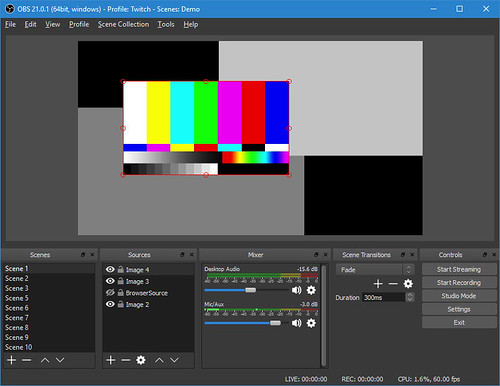
Setting up Event Live Streaming Software
Once you have the right software, it’s time to set it up correctly.
Steps to Setup Software
Installing and setting up your live streaming software involves downloading and installing it, setting up your streaming key, configuring your audio and video settings, and setting up scenes and sources.
Tips for Successful Software Setup
Always test your software before the event. Ensure your settings are optimal and that the software is compatible with your chosen platform. Documentation and online tutorials can be great resources if you face any hitches.
Troubleshooting Common Software Setup Issues
Common issues can include streaming delays, poor quality streams, and software crashes. Most of these can be avoided via pre-testing and regular software updates. Always have a back-up plan ready, just in case.
Setting up Event Live Streaming Equipment
Your equipment is crucial for a successful stream. Setting it up correctly is just as significant.
Steps to Setup Equipment
Setting up equipment involves placing your camera and microphone in the right place, ensuring good lighting, setting up the tripod if needed, and connecting all your equipment to your streaming device.
Tips for Successful Equipment Setup
A trial run is always a good idea to ensure that your equipment is functioning correctly. Also, consider the acoustics of your event space and how your camera will capture the event.
Troubleshooting Common Equipment Setup Issues
Issues like poor sound or video quality, shaky video, or technical glitches can occur. Address these by checking and testing your equipment thoroughly before the event starts.
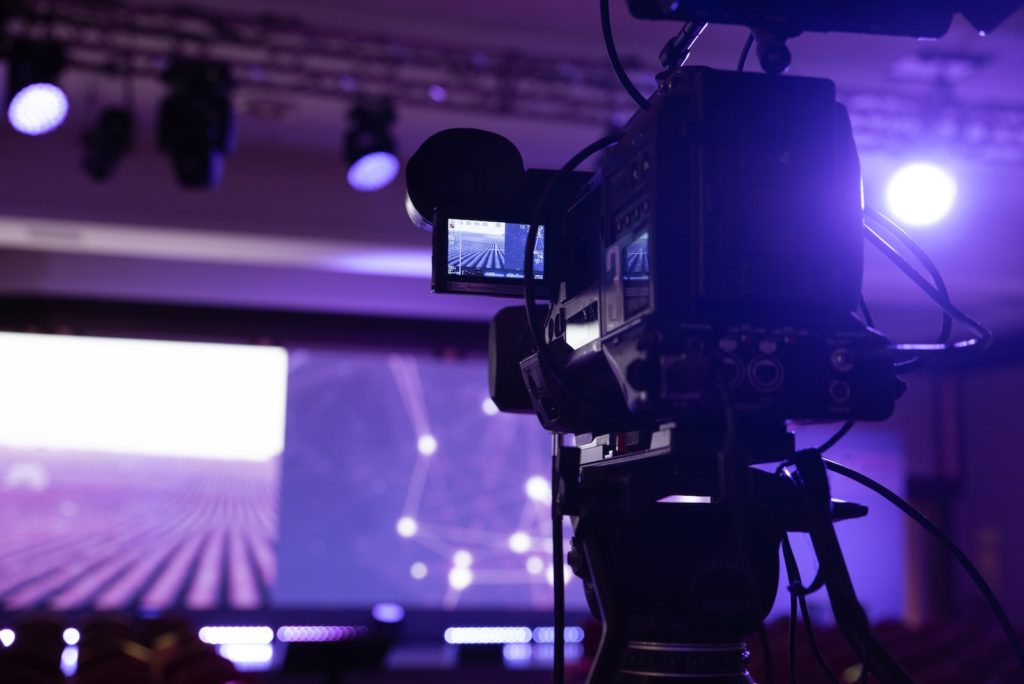
Ensuring Quality in Event Live Streaming
Quality is a non-negotiable aspect for any live event. The better the quality, the better the experience for your viewers.
Importance of Audio and Video Quality
Good audio and video quality are important as they directly impact the viewer’s overall experience and satisfaction. Poor quality can lead to viewers leaving the stream prematurely.
Tools to Improve Live Streaming Quality
Use high-quality cameras and microphones. Lighting equipment can enhance video quality. Software tools can help to adjust audio levels, among others.
Best Practices for High-Quality Live Streaming
Ensure a stable internet connection for smooth streaming. Use the right encoding settings in the software. Regularly test your audio, video, and streaming setup before every live event.
Promoting Your Event Live Streaming
Promotion is key to a successful live streaming event. You could have the best streaming setup, but without viewers, it would all be futile.
Marketing Strategies for Event Live Streaming
Use email newsletters, blog posts, or social media updates to inform your audience about the event. Teasers or promotional videos can pique interest. If your event requires registration or ticket sales, start well in advance.
Leveraging Social Media for Live Streaming Promotion
Social media platforms like Facebook, Twitter, Instagram, or LinkedIn can create a buzz around your event. Create event pages, post regularly about the event, use hashtags, and engage with your followers by responding to comments and questions.
Engaging Viewers Before, During, and After the Event
It’s a good practice to keep your viewers engaged throughout the event lifecycle. Interact with them during live streaming sessions via chats. After the event, provide a recorded version for those who missed the live session or would like to rewatch. Post-event feedback can be useful for future improvements.

Analyzing Event Live Streaming Success
The analysis is crucial to identify areas of improvement and plan for future live streaming events.
Key Metrics to Measure Live Streaming Success
Monitor metrics like the number of viewers, viewer engagement, viewing duration, audience drop-off rates, and social media sharing. These stats can provide useful insights.
Interpreting Live Streaming Analytics
Interpreting these metrics can help you understand viewer behavior and preferences, event popularity, and can help dictate future event planning and promotion.
Improving Future Live Streams Based on Analytics
Use the insights gained from your analytics to improve future streams. For instance, if a video had a high drop-off rate, you can check if the session was too long and adjust accordingly for future events.
Top Tips and Tricks for Event Live Streaming
Some tips and tricks gathered from the experts can be very helpful for first-time and even experienced streamers.
Expert Advice for First-time Streamers
Start with a simple setup. Test your equipment and software well in advance. Do a trial run before the main event. Keep your viewers engaged and interact with them during the live stream.
Common Mistakes to Avoid in Live Streaming
Avoid common mistakes such as poor audio, video quality, low lightning or background noise. Don’t ignore your online audience. Also, refrain from having a poor internet connection that could disrupt your live streaming event.
Advanced Techniques for Experienced Streamers
For experienced streamers, try using multiple camera angles for added depth. Use graphics and overlays to enhance your live stream. Continually engage with your audience and leverage analytics to keep evolving your live streams.
Embrace event live streaming as it is an effective and modern way of reaching and engaging with a vast audience. Keep in mind that success comes through practice and a lot of testing and refining. Happy streaming!
Dreaming of a Perfect Live Event Streaming? We’re Just a Click Away!

